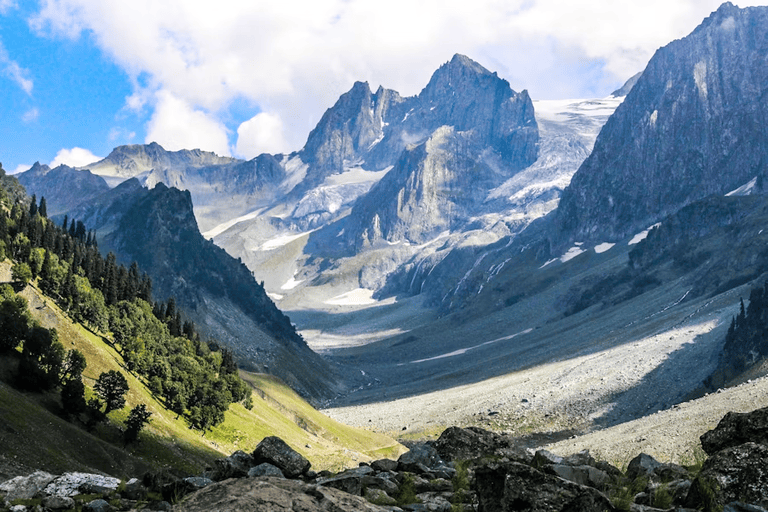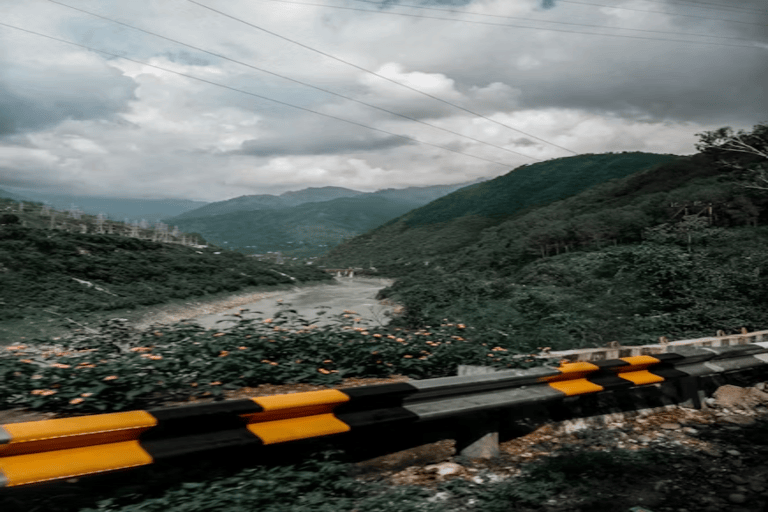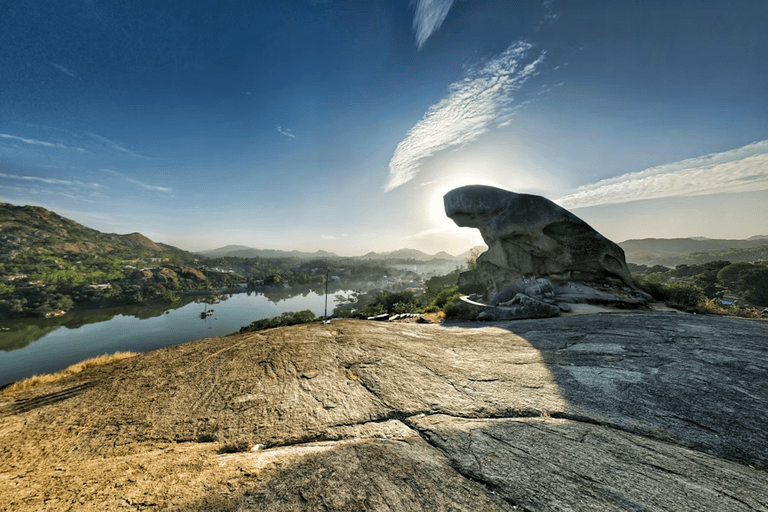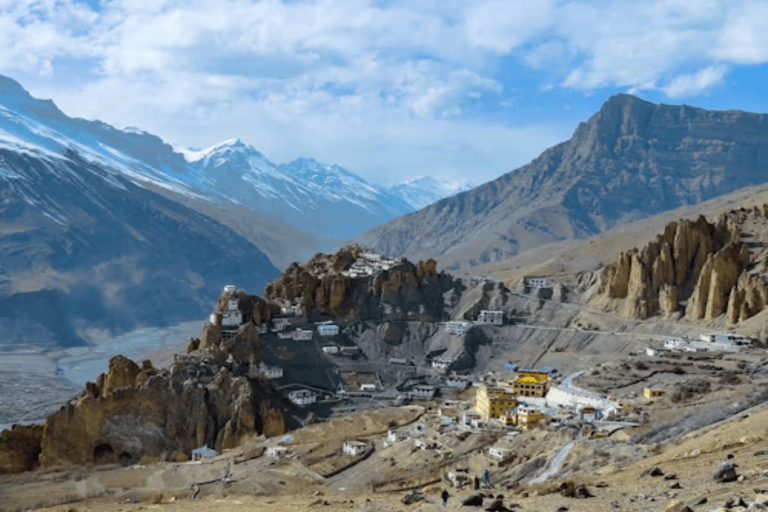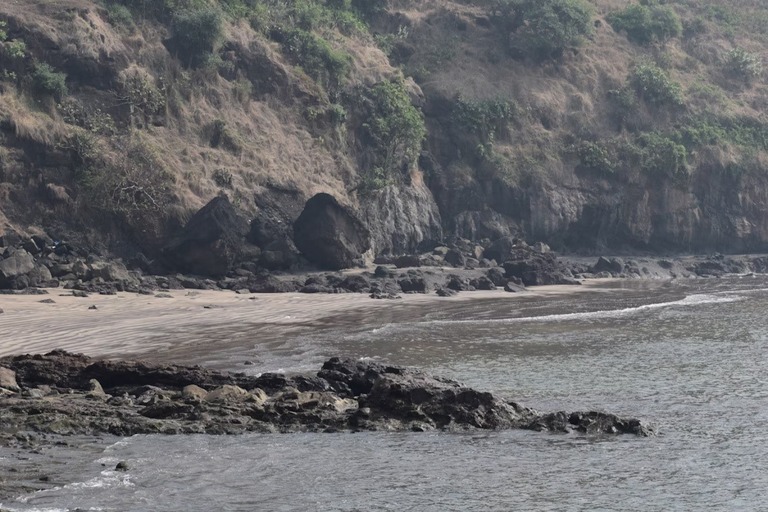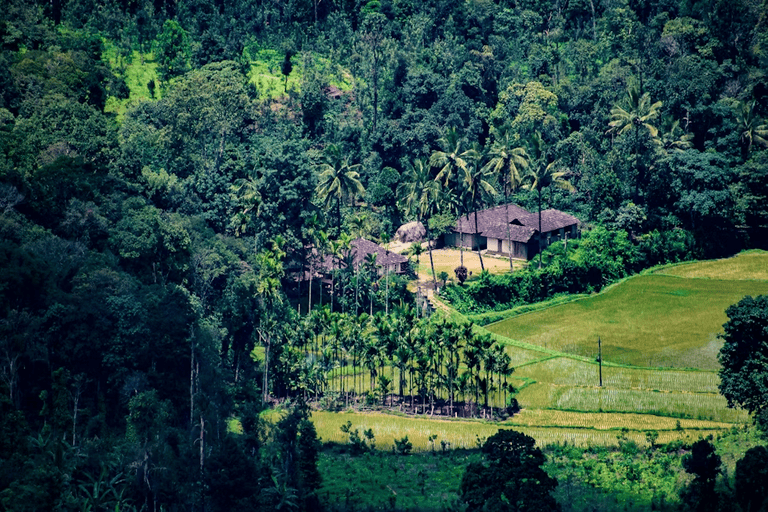
Unveiling the Top 5 Hottest Places in the World: Where Heat Sets Records
Table of contents
Think of the hottest day you’ve ever experienced. Now, imagine a place where such scorching temperatures are just a typical day! Around the world, there are destinations where the mercury goes beyond imagination, reaching levels that redefine extreme weather. This guide explores the top 5 hottest places on Earth, regions that not only boast the highest temperatures ever recorded but also offer unique travel experiences for those who dare to visit them.
From barren deserts to bustling cities, these destinations can transform your perception of heat. You’ll learn not just about the climate but also about how to enjoy these intense environments safely and memorably.
1. Death Valley, USA: A Land of Extremes

Death Valley, USA
Death Valley holds the official record for the highest temperature ever recorded on Earth, a staggering 56.7 degrees Celsius on July 10, 1913. This desert valley in California is not only about extreme heat but also offers stark beauty and dramatic landscapes that defy expectations. Known as one of the most arid and inhospitable regions in the world, Death Valley is a striking contrast of towering sand dunes, salt flats, and unique rock formations. Visitors are often amazed by sights like Badwater Basin, which is the lowest point in North America and is covered with a thick layer of salt crust. Despite its foreboding name, Death Valley attracts thousands of adventurous travellers each year. Summer months see daytime temperatures soaring above 45 degrees Celsius regularly, which
Travel Tips:
Visit during spring or late fall for cooler temperatures and a chance to see blooming wildflowers.
Carry plenty of water and sun protection—dehydration is a serious risk, even in cooler months.
Head to Zabriskie Point at sunrise for stunning views when the light casts golden hues across the landscape.
2. Kebili, Tunisia: An Oasis of Heat

Kebili, Tunisia
Kebili in Tunisia has endured some of the highest temperatures ever measured in Africa, with records reaching 55.0 degrees Celsius. This ancient town is known not just for its scorching heat but also for its historical significance as a trading post in the Sahara Desert. Kebili offers more than just a test of endurance against heat. It serves as a gateway to exploring Saharan life and visiting nearby natural wonders like Douz, a town known as the gateway to the Sahara. It hosts an annual festival celebrating desert culture. Travellers visiting Kebili can experience traditional Tunisian life, enjoy local dates (the fruit is famous here), and explore vast salt pans that create surreal landscapes.
Travel Tips:
Travel during winter when the weather is more manageable for exploring the desert.
Hire local guides who can provide insight into the history and culture of the area while ensuring safe desert treks.
Sample the famous Kebili dates, a delicacy that reflects the region’s agricultural resilience.
3. Mitribah, Kuwait: Record-Breaking Heat

Mitribah, Kuwait
Mitribah, a remote area in Kuwait, has recently recorded one of the hottest temperatures in the world, hitting 53.9 degrees Celsius. This region is a crucial focus for climate researchers studying desert ecosystems and extreme weather patterns. While the scorching heat makes Mitribah a challenge to visit, travellers can venture to Kuwait City for a more diverse experience. The capital offers a blend of modern architecture, cultural museums, and waterfront parks, providing a welcome contrast to the intensity of Mitribah’s heat.
Travel Tips:
Visit Kuwait during December or January for more comfortable temperatures.
Spend time in Kuwait City’s museums and cultural centres to learn about the country’s history and modern development.
Wear adequate sun protection, including hats, sunscreen, and sunglasses, whenever outdoors.
4. Turbat, Pakistan: A City of Sun

Turbat, Pakistan
Turbat’s temperature soared to 53.7 degrees Celsius in May 2017, making it one of the hottest temperatures recorded in Pakistan. This city lies in southern Balochistan and experiences long summers with intense heat waves. Despite the challenging climate, Turbat is rich in history and culture, with several archaeological sites and local bazaars worth exploring. The city’s storied past unfolds through a tapestry of archaeological marvels and vibrant local bazaars, providing a captivating immersion into its heritage. Moreover, the surrounding terrain reveals a rugged yet captivating beauty, characteristic of the Balochistan region, inviting visitors to revel in its allure and uncover its untold stories.
Travel Tips:
The best time to visit is during early spring or late autumn when the heat is less intense.
Wear traditional local attire, which is not only culturally respectful but also ideal for staying cool under the sun.
Don’t miss the chance to explore the local bazaars, where you can find unique handicrafts that reflect Balochistan’s rich heritage.
5. Ahvaz, Iran: Among Giants

Ahvaz, Iran
Must Read : Top 10 Destinations for an International Summer Holiday
Ahvaz, in Iran, experienced one of the highest temperatures in the world, climbing close to 54 degrees Celsius. But despite the heat, Ahvaz is a city with a rich industrial and cultural history, making it a fascinating stop for those interested in both ancient and modern Iran. The city sits along the banks of the Karun River, which offers a cooling respite from the otherwise scorching heat. Riverside parks and promenades provide popular gathering spots for locals during the evening hours when temperatures dip slightly. Visitors to Ahvaz can explore museums that delve into Iran’s complex history, as well as nearby archaeological sites that offer a glimpse into the region’s ancient past. For travellers venturing into Ahvaz during cooler months, the city reveals a mix of tradition and modernity. Its position as an industrial hub means tourists often bypass it, but for those who make the effort, Ahvaz provides a unique perspective on life in one of the hottest places on Earth.
Travel Tips:
November through March is the ideal time to visit when temperatures are cooler.
Dress modestly and appropriately for the climate, keeping in mind local customs.
Stay hydrated, and consider carrying hydration salts for any outdoor excursions.
Other Hot Places in the World
6. Turpan, China

Turpan, China
In China, the Turpan Depression is not only one of the lowest points in the country but also one of the hottest places on Earth, with temperatures sometimes exceeding 50°C. Despite its harsh climate, Turpan is steeped in history and is known for ancient Buddhist monasteries and ruins that have withstood centuries of extreme weather. Turpan’s location on the historic Silk Road makes it an intriguing destination for travellers interested in the intersection of history and climate. Grapes are cultivated here, and visitors in cooler months can participate in grape harvesting events—a surprising sight in such a hot region.
Travel Tips:
Visit in spring for more comfortable temperatures and to enjoy the blooming vineyards.
Trace the ancient Silk Road routes that passed through Turpan and explore its rich history.
Participate in grape harvesting events, which are an important part of local culture.
7. Wadi Halfa, Sudan

Wadi Halfa
Located near the northern border of Sudan and close to the Sahara Desert, Wadi Halfa regularly experiences temperatures exceeding 52°C . Despite the intense heat, it serves as a vital transit point between Sudan and Egypt and offers stark yet beautiful desert scenery. A trip to Wadi Halfa provides an opportunity to learn about nomadic life and the history of cross-border trade that has sustained the town for generations. While the heat is extreme, winter months offer slightly more tolerable conditions, making it the best time for visitors who wish to explore this unique region.
Travel Tips:
Winter months provide more manageable temperatures for exploring the area.
Embark on desert excursions with experienced guides who can provide insight into nomadic lifestyles and desert survival techniques.
Interact with local communities to gain an understanding of life in one of the hottest places in the world.
8. Lut Desert, Iran

Lut Desert, Iran
Iran’s Lut Desert is one of the hottest places on Earth, where ground temperatures have been recorded at a staggering 70°C. This vast, otherworldly landscape of sand dunes and unique rock formations offers an unparalleled experience for adventurous travellers. Exploring the Lut Desert should always be done with an organized tour, as safety is a top priority in such extreme conditions. Early morning treks are recommended for witnessing the desert’s beauty without enduring the harsh midday sun.
Travel Tips:
Join a photography expedition to capture the desert’s breathtaking vistas.
Early morning treks are ideal for avoiding the worst of the heat while still experiencing the beauty of the desert.
Photography enthusiasts will find plenty of opportunities to capture dramatic landscapes and otherworldly scenery.
9. Brazil – Record Heatwaves Across The Nation

Brazil
Although Brazil is not traditionally associated with extreme heat, the country has recently experienced record-breaking heat waves, partially due to global warming and the El Niño phenomenon. In some regions, temperatures have spiked as much as six degrees above average. For travellers looking to explore Brazil’s diverse ecosystems, it’s essential to choose cooler times of the year, particularly when visiting sensitive environments like rainforests. The country’s biodiversity is facing challenges due to climate change, making sustainable tourism practices more critical than ever.
Travel Tips:
Explore Brazil’s rainforests to understand the impact of climate change on biodiversity.
Learn about sustainable tourism practices that help preserve the country’s natural beauty.
10. Timbuktu, Mali

Timbuktu, Mali
Timbuktu, a city famous for its historical significance and stunning architectural heritage, endures some of the highest temperatures in the world, with highs reaching up to 54°C. The city offers cultural tours through ancient manuscripts and centuries-old structures that were built to withstand the harsh desert climate. While extreme heat defines Timbuktu’s summers, late autumn provides a more suitable climate for exploring its rich cultural heritage.
Travel Tips:
Late autumn and early winter provide the best conditions for visiting Timbuktu, when temperatures are more tolerable. Explore the ancient mosques and manuscript libraries to gain an understanding of the city’s historical importance in the Islamic world. Visit local markets for a chance to engage with traditional Saharan craftsmanship and support local artisans. Exploring these extreme locations offers more than just a tick off your travel bucket list; it provides profound insights into human resilience and the diverse ways cultures thrive under harsh conditions. For those planning an adventure that’s literally hotter than typical tourist spots, consulting experts like Thomas Cook can help design an itinerary that balances excitement with safety and comfort. Thomas Cook specialises in crafting experiences that cater to your travel needs and preferences while ensuring you have all the necessary support for visiting such unusual destinations. Prepare yourself to witness some of the highest temperatures in Earth’s history while soaking in breathtaking landscapes and rich cultural heritage. Whether you’re drawn by scientific curiosity or a love for unique natural settings, these trips promise intense experiences that are both challenging and rewarding. Pack your sunblock and hats; it will be a scorching journey!
Table of contents
Trending blogs for you
 18002099100
18002099100
